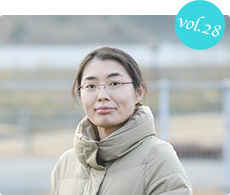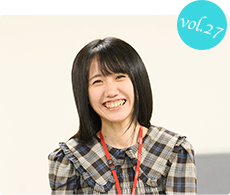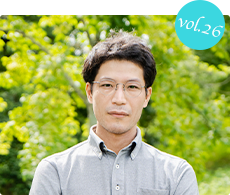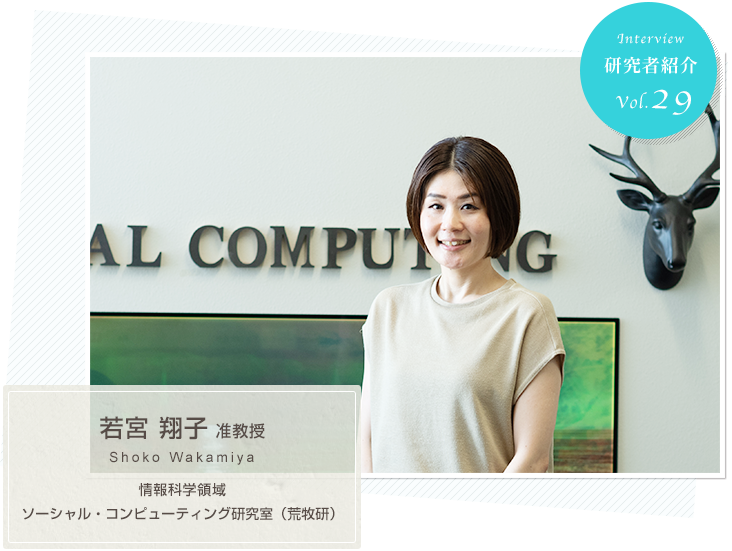
![]()
D. in Environmental Anthropology from the Graduate School of Environmental Anthropology, University of Hyogo in 2013. D. in Environmental Anthropology. She received her Ph.D. in Environmental Anthropology from the University of Hyogo in 2013. She was a JSPS Research Fellow, a Research Fellow at Kyoto Sangyo University in 2014, a Postdoctoral Researcher at the Research Promotion Organization of the University of Hyogo in 2015, and a Specially Appointed Assistant Professor before being appointed to her current position in April 2020. She specializes in social computing and natural language processing applications.
Path to becoming a researcher
I never thought about becoming a researcher when I was in middle school or high school. I went to public school all my life and was on the swim team. When it came time to think about my career path in high school, I was still undecided about what I wanted to do in the future. I was in a liberal arts program, but when I was thinking about which university to go to, I decided to go to Hyogo University, which had a faculty that combined arts and sciences and was accessible from my home, because I thought that information would be interesting. In my third year, I was assigned to the "Information Media Laboratory. It was a lab that researched social media and the web. For my senior thesis, I worked on analyzing comments on Nico Nico Douga.
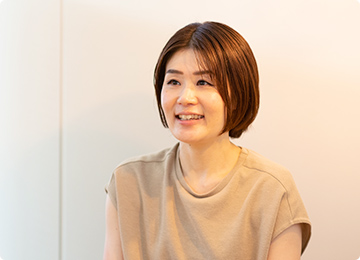
I hadn't thought about going to graduate school, but my advisor asked me, "Why don't you get a master's degree? I decided to go to graduate school, partly because my advisor asked me if I wanted to pursue a master's degree, and partly because I was motivated to do research by the reactions of people around me when I attended academic conferences. This was the time when Twitter was just starting to become popular, and when I started graduate school, I did research on analyzing people's behavior using Twitter data. I stayed in the same lab until the second half of my Ph.
My Ph.D. is in environmental anthropology. In our definition, environment refers to the information environment and the social environment. In the past, information dissemination was the responsibility of specific media such as mass media, but now ordinary people are entering the information environment through social media and so on, and everyone is disseminating information. I am interested in human interaction with the information environment of this era, and how to return what is generated by this interaction to society.
If you look at the tweets that are sent out on social media individually, they don't have much meaning. However, when they are collected and cleaned (analyzed), meaningful information and knowledge can be extracted. I find it interesting that this information can be useful to society.

My research is a case study because there is no specific topic for the tweets I target. In particular, I am actively researching applications to health and medicine. For example, influenza, hay fever, and coronaries are also targets. In the case of location-based social media, location information can be added to the analysis so that it can be tied to actual location. In other words, you can see in which areas the flu is prevalent. We can also analyze what kind of emotions people are having in that area. This kind of research is similar to social application, where the results are used to solve real social problems. Recently, the negative aspects of social media, such as fake news and defamation, have been discussed, and research on these issues is also being conducted, mainly by students.
When I think about it, I think I became a researcher by going with the flow and following the lead of my advisor. While others around me were working for companies, I thought it would be interesting to take a different path instead of doing the same. One of my classmates in the master's program was an exchange student from China. She came to Japan to do research and planned to go on to a Ph.D. program after completing her master's degree. While most Japanese people go on to find jobs, I realized that such a career was possible.
So far, not only my academic advisor but also researchers in Japan and abroad whom I met at academic conferences have helped me to embark on my research career. The supportive environment, including connections with researchers who are active in the world and relationships that have continued since I was a student, motivates me to do research.
Balancing research and life
I usually arrive at the university around 11:00 in the morning and go home around 20:00-21:00. There are no core classes, and regular lab meetings are held twice a week in the afternoon.
In the Aramaki Lab, all faculty members are responsible for supervising students. Students participate in one or more of three groups (international, data, and medical) depending on their research interests and languages. Faculty members participate in all three groups. My main group is the data group. In other labs, students are often supervised by faculty members who share the same specialty as the student, but in this lab, there is a wide variety of student topics and faculty specialties, so there is often no clear "who will look after you". Students can ask any faculty member if they have a question.

We are always available to students, not only in person, but also via slack chat at any time. We also have individual meetings when needed. Since we do a lot of collaborative research in our lab, we have students actively involved as research assistants, and we also have occasional meetings with outside parties. The lab as a whole supervises students, and we have a system in place that allows other faculty members to supervise students when I am not available, so I think we have a relatively good balance in our research.
I sometimes work after I go home at night. Before deadlines, I work late into the night and sometimes on weekends. I spend most weekends at home. I have a cat, so I stay home and relax with him. Since I can work as long as I have a computer, I tend to check my email even on my days off, but lately I have been trying to do a digital detox.
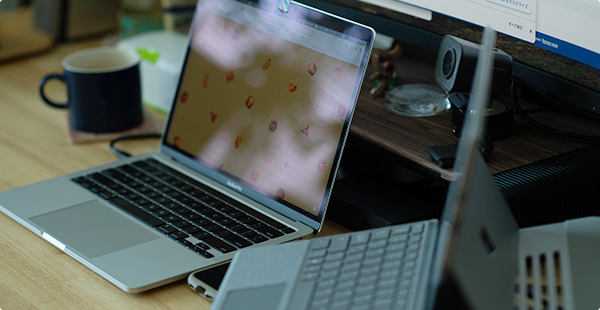
Research environment and challenges at NAIST
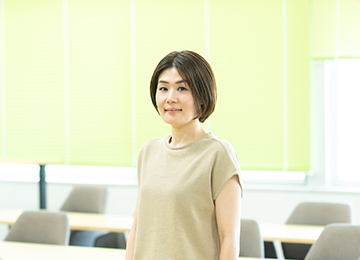
I can do my research freely and I think the environment is very good. As a graduate university, we have many students with different backgrounds, and I learn a lot from them.
I think it is good to have more female faculty members on campus, and I would like to see that number increase. The reason why I think it is good to increase the number of female faculty members is because, for example, when there is a meeting that female faculty members are required to attend, if the absolute number of women is small, the work will be biased toward a few people. In order to increase the number of female faculty members, we need to increase the number of female students. How to increase the number of female students is a difficult question, but I hope that my background and other information will help you as you consider your career path.
In conducting my research, I have not felt much of an impact from my gender. The lab itself has many female staff, although the majority of them are not computer scientists. In addition, there are many female researchers in our medical and psychological collaborations, so I do not feel less able to advance my research. Even in joint research with American universities, the principal investigators on the Japanese side are male, but on the American side they are sometimes female. I am fortunate to have many opportunities to work with teams where women are active, so in that sense I do not feel that there are few women in the research environment.
(August 2022)

-
2022.3 updated
Division of Biological Science
-
2022.3 updated
Division of Information Science
-
2021.8 updated
Data Science Center






